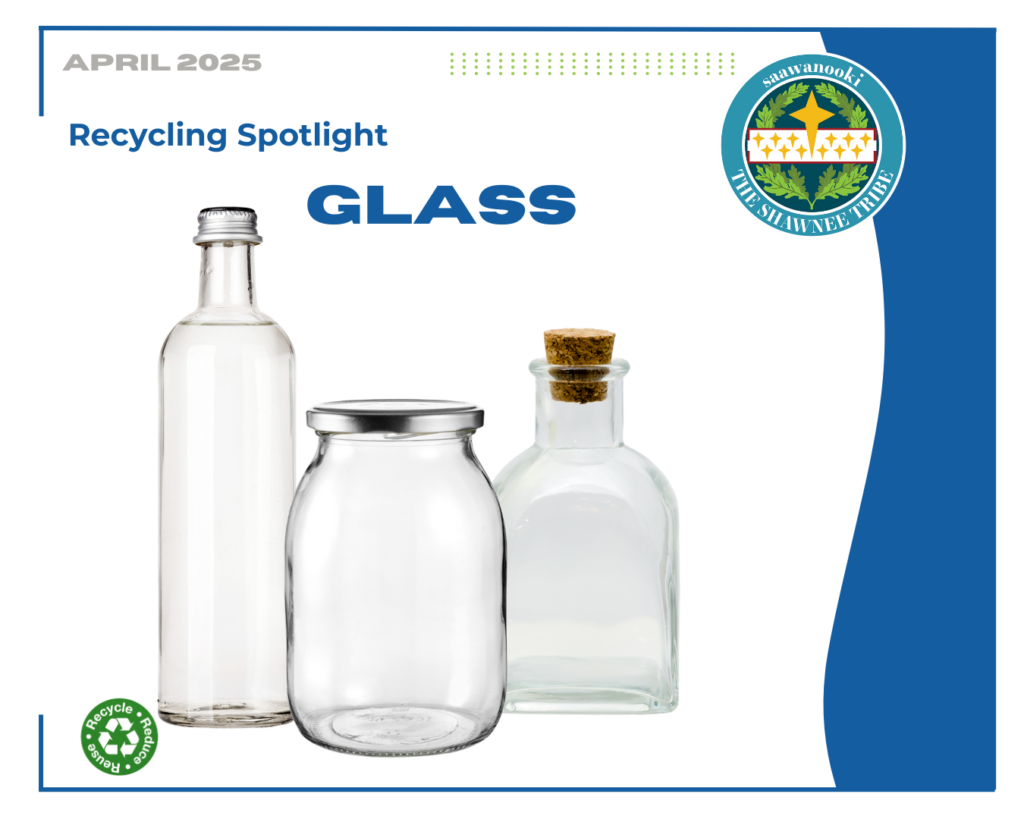- Glass can be recycled and re-manufactured an infinite number of times and never wear out.
- Making glass from recycled material cuts related water pollution by 50%.
- Recycling just one glass jar saves enough electricity to light an 11-watt CFL bulb for 20 hours.
- More than 28 billion glass bottles and jars end up in landfills every year—the equivalent of filling up two Empire State Buildings every three weeks.
Source: www.recycleacrossamerica.org
Read about the recycling trailer available for citizen use.

